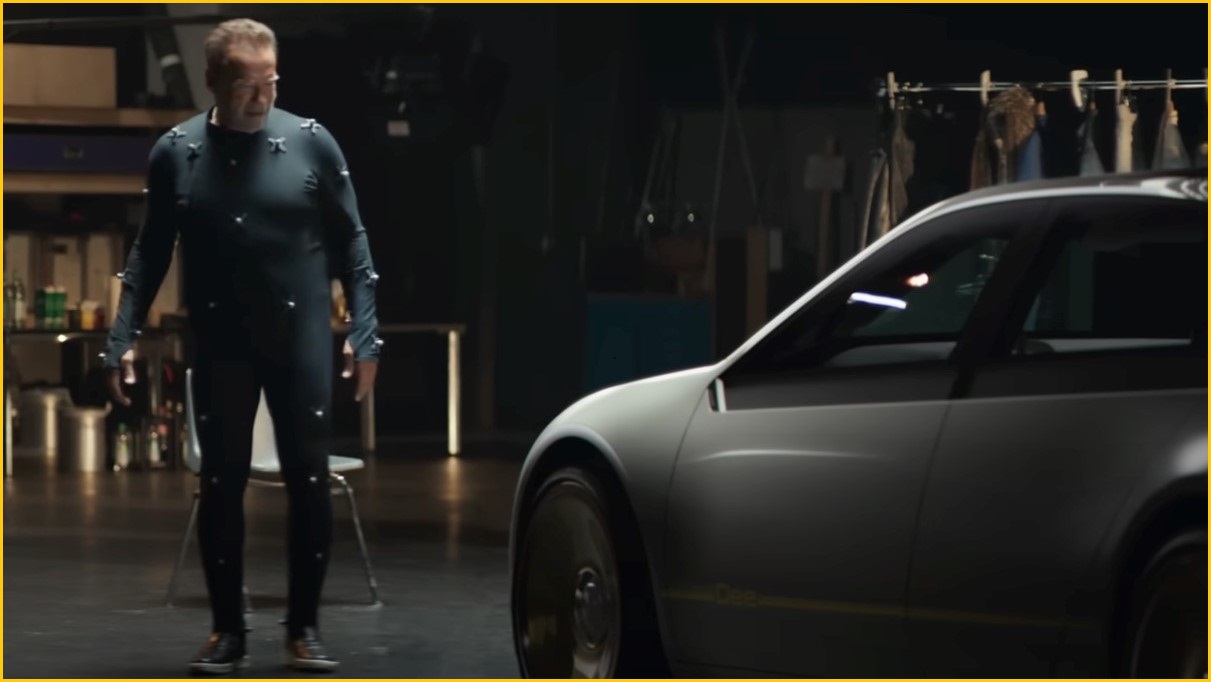Numbers may be down, but innovations were back in full force as 115,000 attendees and over 3,200 exhibitors converged on Las Vegas this week to play with the latest and greatest technologies at this year’s Consumer Electronics Show (CES) 2023.
Attendance was well down from the 170,000 people that joined the conference in January 2020 – weeks before the pandemic exploded and pushed the event online during 2021 before a quieter re-emergence last year – but the event telegraphs an increasingly bright future for an industry that has, Consumer Technology Association (CTA) vice president and CES 2023 acting show director Steve Koenig said in opening the event, struggled with component shortages and supply chain issues.
“Container shipping costs are coming down and we’re seeing less friction at ports,” he said, “but you really only have to look at what’s happening right now in China to understand just how vulnerable supply chains remain.”
However efficiently new products can be delivered or not this year, innovation was thick on the ground at the show.
Always major attractions at the event, televisions were bigger, better, and brighter – with Hisense debuting a laser-driven 100-inch and 120-inch TV designed for super-high brightness, LG offering a bendable TV that lets you adjust the amount it bends to any of 20 settings, and Samsung highlighting a range of foldable and slidable screens that are expected to appear in future laptops.
DisplaceTV teased a battery-powered modular and wireless TV, and LG a ‘Zero Connect’ 97-inch 4K OLED TV enabling the panel to be set up without any wires; instead, video sources are fed into a separate box that wirelessly beams the content to the TV.
The show naturally had its share of new computers and smartphones, with Acer launching an all-in-one Windows PC and other products including a lightshow-equipped smart speaker.
Consumer electronics brand Ring released its first dashcam, while Sony announced it is building an accessibility-focused game controller, and Samsung debuted a smart hub and wireless charger for connected home equipment called the SmartThings Station.
Taking the idea of on-demand printing to new levels, L’Oreal debuted an app that scans your face and suggests ways to enhance your eyebrows – then uses a handheld eyebrow printer and high-resolution printing technology to spray the result in place as a form of temporary tattoo.
Wearables posted a big showing at CES, with the Evie smart ring mixing bling with a women-focused medical-grade “health wearable” and TCL demonstrating augmented reality smart glasses that can, among other things, translate foreign-language text as you look at it.
On the road again
Cars were a major drawcard at the show, with major manufacturers feting concept cars including BMW’s colour-changing i Vision Dee – which came with its own cringey short movie starring Arnold Schwarzenegger and David Hasselhoff.
In a boost for electric vehicles, Mercedes-Benz announced that it will be building its own global charging network – with 10,000 charging stations globally, although plans in Australia are still unclear – and highlighted how it is joining the growing number of companies prototyping vehicle design and manufacturing in the metaverse.
To support the increasing trend towards self-driving cars, Google announced a higher-definition version of Google Maps that has been designed specifically for cars with Android-based navigation panels – and will include detailed location data describing “precise road details” such as lane markers, signs, and road barriers.
Sony and Honda launched their new electric vehicle brand, called Afeela, whose cars will debut in North America in 2026 and – with 45 cameras, sensors and displays inside and outside the vehicle – have been designed as “moving entertainment spaces” that also integrate Epic Games’ Unreal 3D game engine.
Highlighting CES’ growing physical footprint, there were a tonne of other transportation innovations on show, with ASKA debuting a four-seater electric flying car and MoonBike debuting an all-electric snow bike.
With thousands more products on display, Koenig said, it was clear that innovation remained widespread – and that increasing investment in areas such as wearables and electric vehicles was continuing to pay new dividends.
“Innovation tends to accelerate,” he said, “and as this innovation is unleashed, it levels up the economy – and it levels up experiences for consumers as new products and new services are launched.”
The show will return in January 2024, organisers promised in delivering a highlights reel that showcases many of the other innovations that debuted on the floor of CES 2023.










